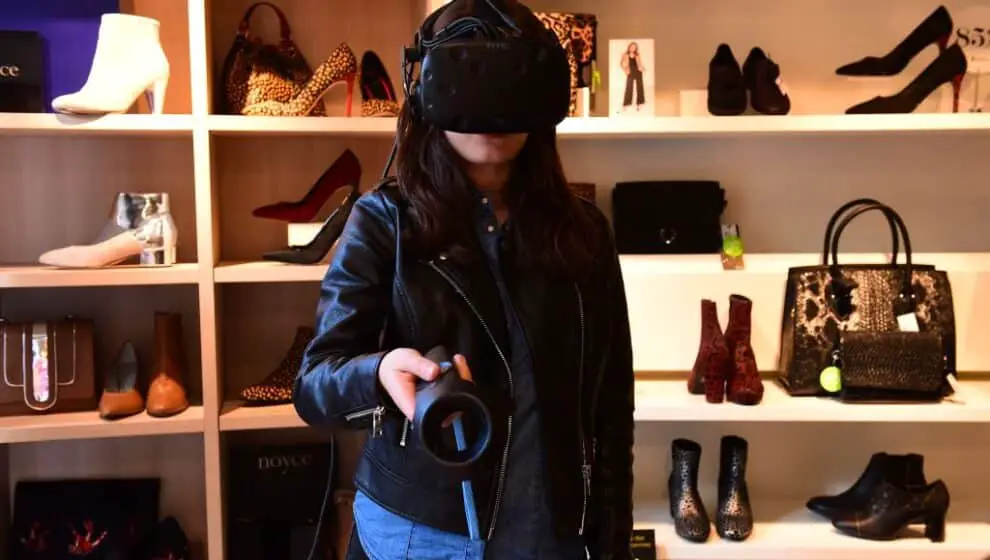Virtual reality is coming to retail shopping as retailers begin to offer digital clothing in games and real-life retailers create virtual storefronts.
Key Details
- The virtual versions of designer clothing sell for much less in the metaverse than it does in reality. Clothing often costs less than $5 on the online gaming platform Roblox.
- Marketing teams are attempting to tap into the desire for virtual avatars to match their real-world counterparts.
- “What we’ve found is there’s a strong desire for there to be like items. We’re certainly focused first and foremost on our physical product offering. From an exploration standpoint, virtual is a fast follow,” lifestyle retailer Pacsun president Brieane Olson says.
- Retailers are also jumping in to sell real-world items through virtual storefronts.
- More companies are creating immersive virtual stores that customers can explore rather than scrolling through a list of items on a traditional website.
Why it’s news
Virtual clothing isn’t the next big revenue stream for retailers—yet. Some are offering free items to tempt customers to explore online stores. Revenue stream might not be anything exciting yet, but the fact that many retailers are getting involved indicates that they think there is a future market.
Roblox is a common platform for these stores. American Eagle set up a holiday bazaar on the platform. The virtual world included snow drifting down in a marketplace inspired by similar locations in Berlin and New York. Shopper’s avatars could wander the marketplace with a cup of hot coffee, window shop, or build an ice sculpture.
American Eagle offered free virtual renditions of some of its most popular clothing items like sweaters and flannels. Customers flocked to the online market and the company recorded 35 million try-ons of the digital clothes.
Now that customers have some interest in the clothing, American Eagle is considering charging for the items next year.
But virtual reality isn’t just for virtual items. Some retailers are using augmented reality to create a more immersive online shopping experience. Cosmetics retailer Charlotte Tilbury has a virtual store. Shoppers enter the store and can “walk” through the store by clicking directional arrows. They can browse products on the shelves rather than scroll through a list of items. The shop even features a virtual game where shoppers can win prizes.
Shoppers can even customize their avatar that wanders around the shop and invite friends to do the same.
Coach, Crocs, and St. Jude’s all launched similar stores this year with all brands using tech company Obsess. All of the stores offer similar features allowing users to click through the virtual space. Many feature games or social aspects.
So far, these virtual spaces seem to be bringing in more customers. According to Obsess founder Neha Sing, customers spend more time in the virtual space than they do on a traditional website. Some of these companies have seen up to a 25% increase in purchases.

